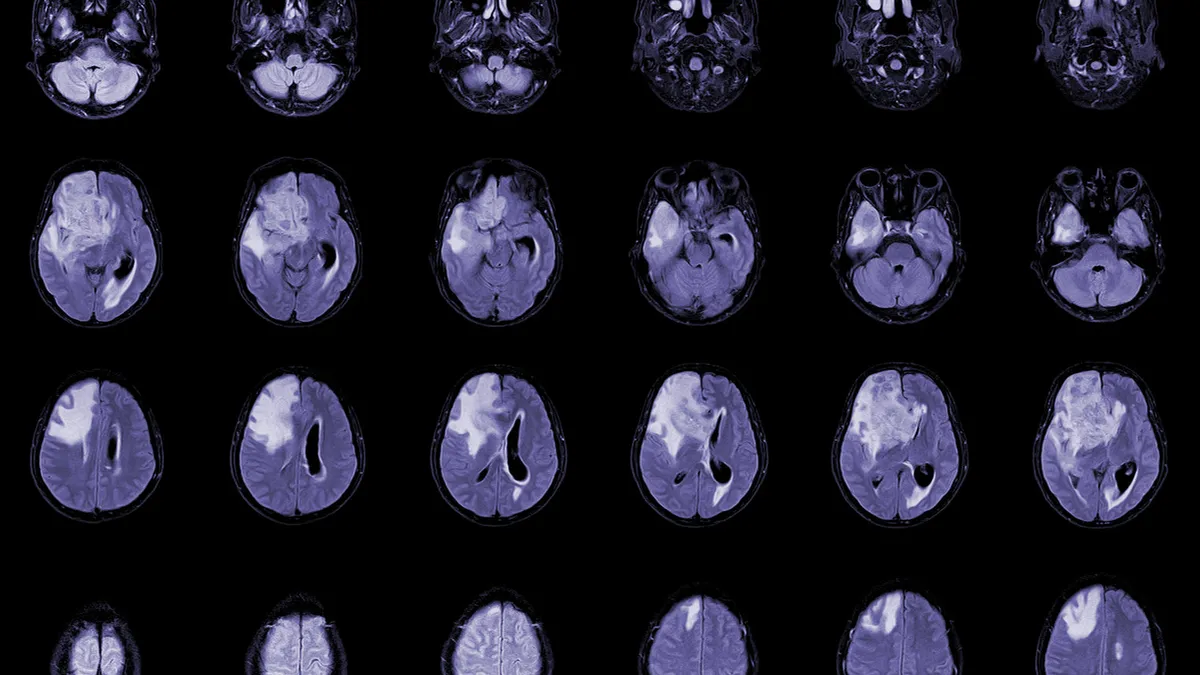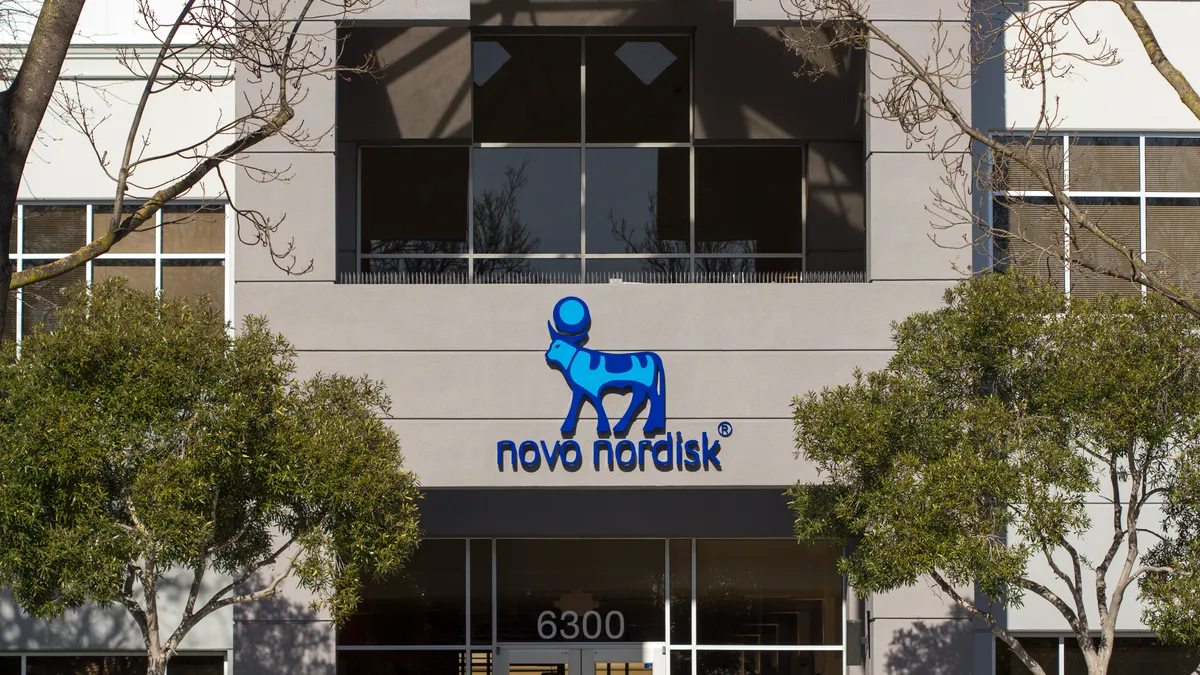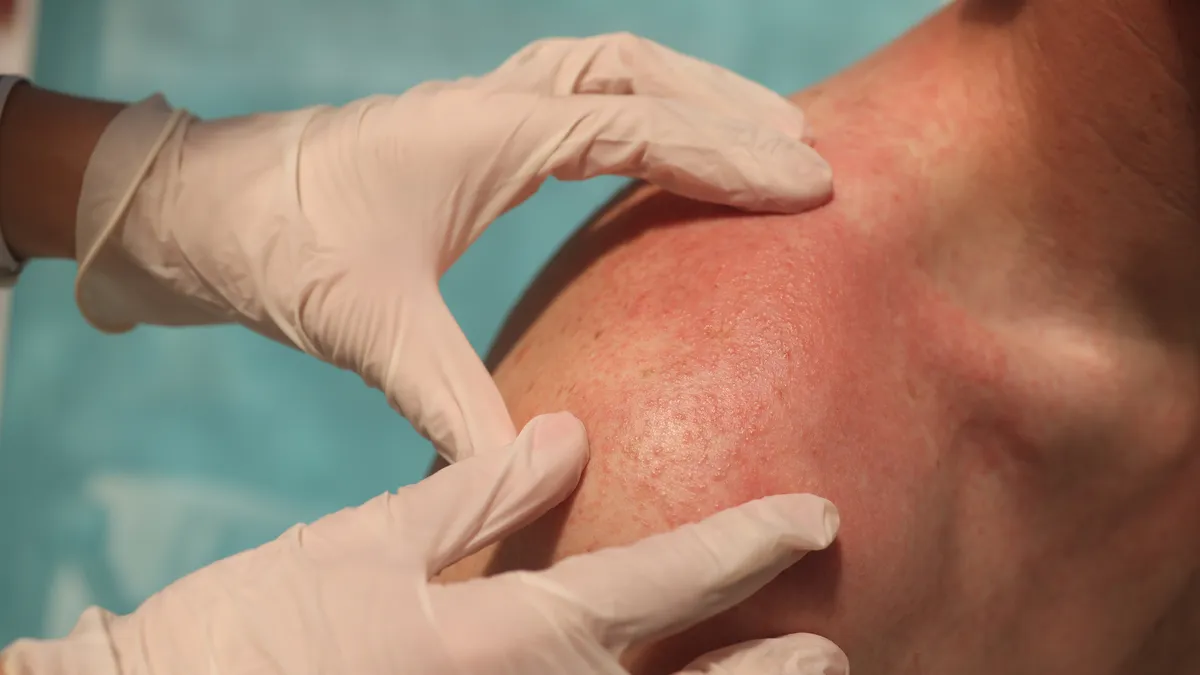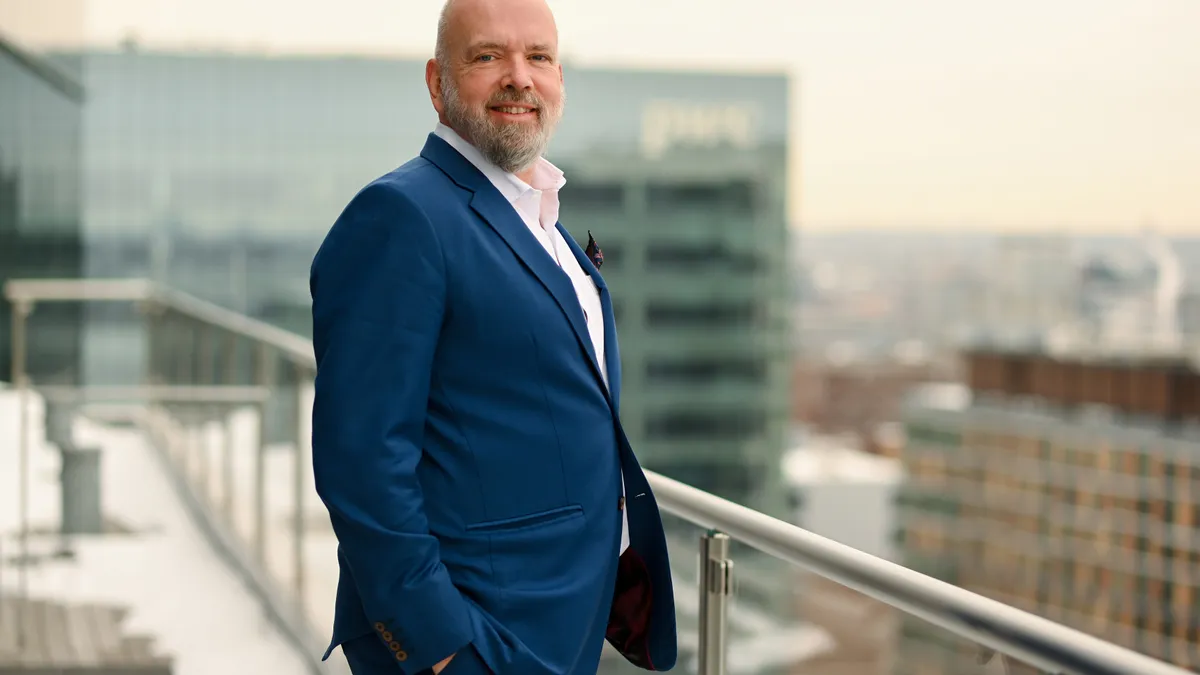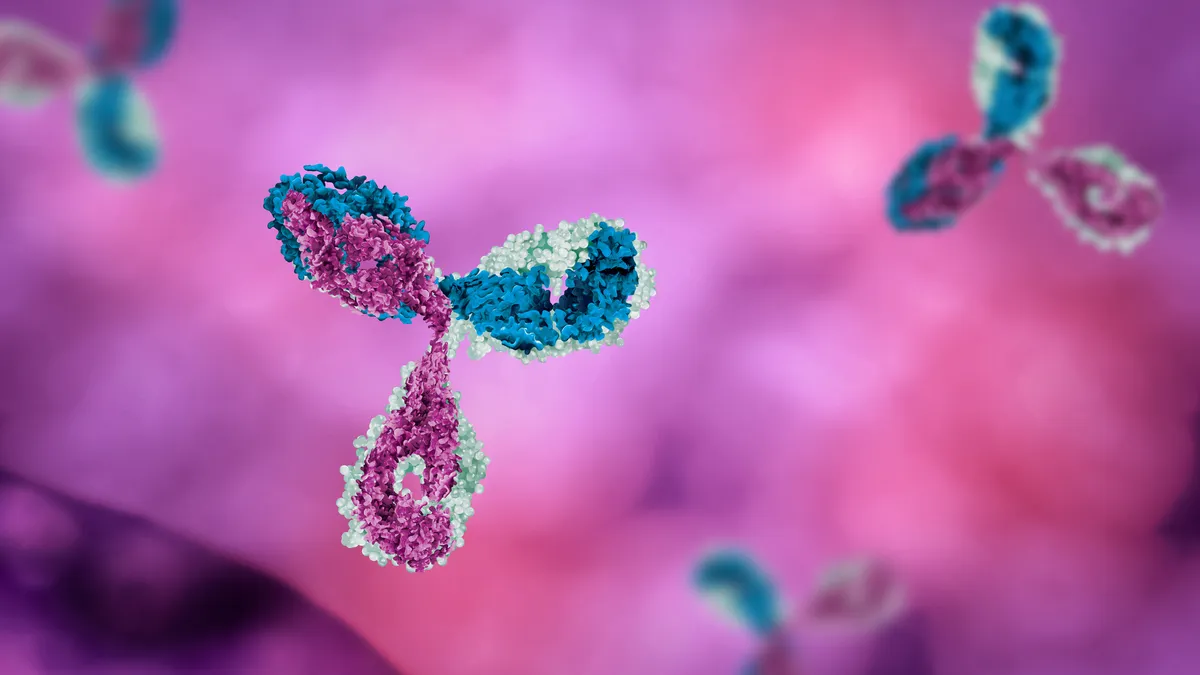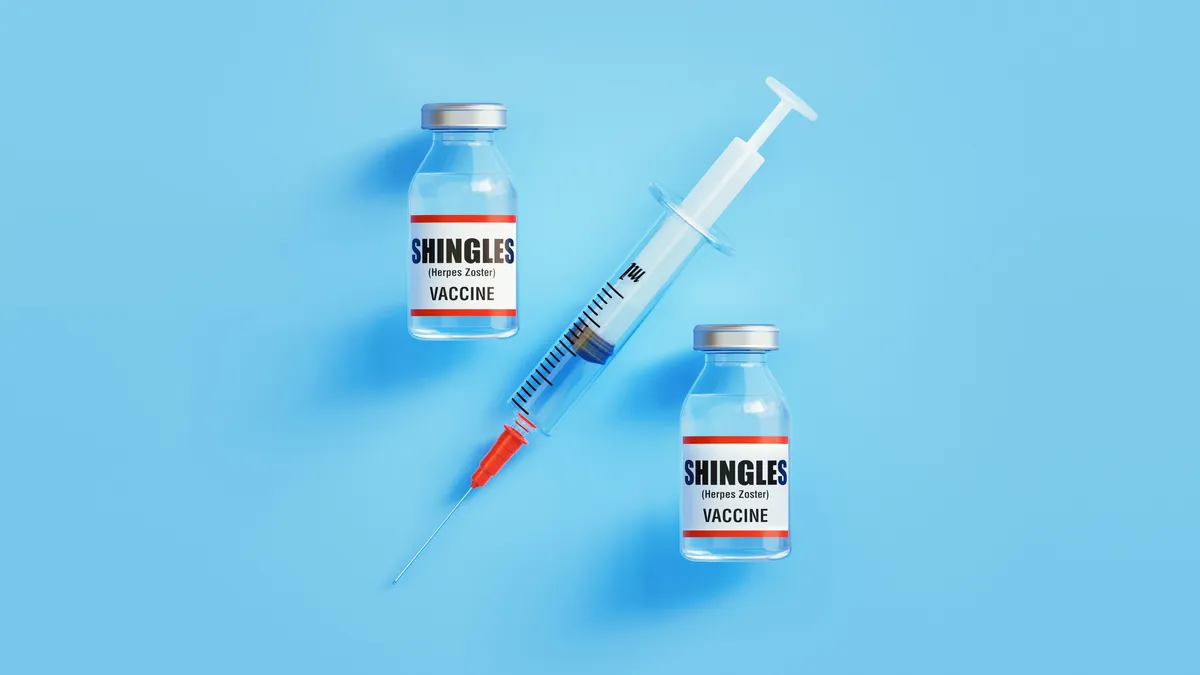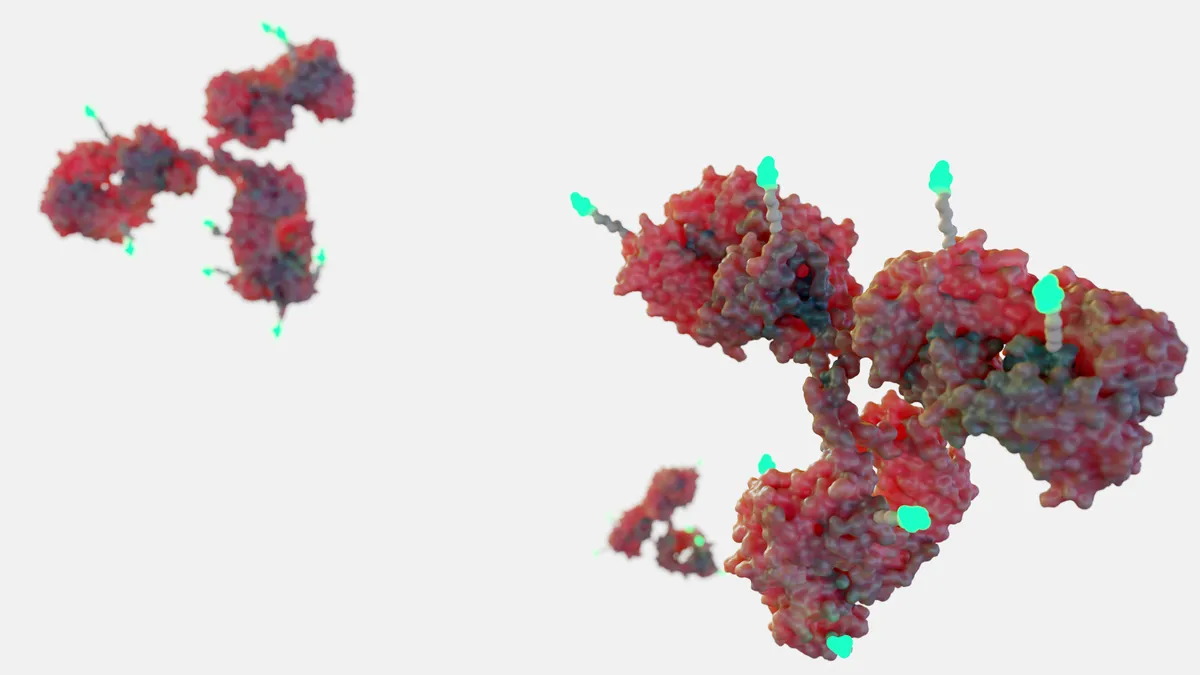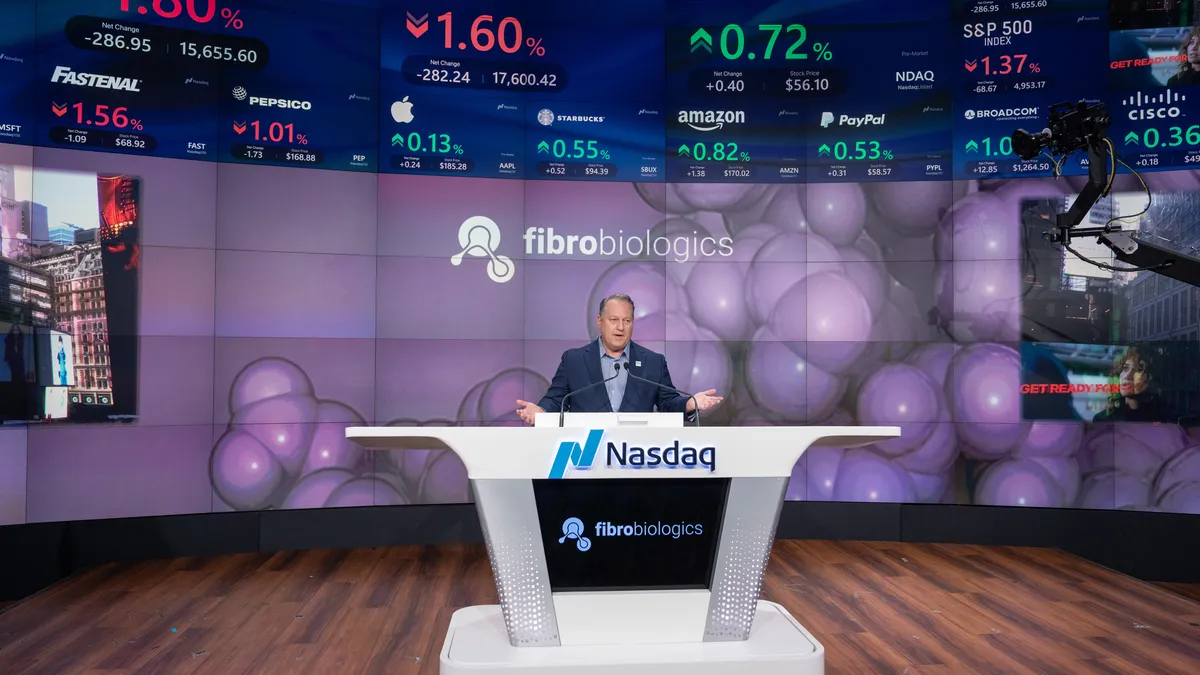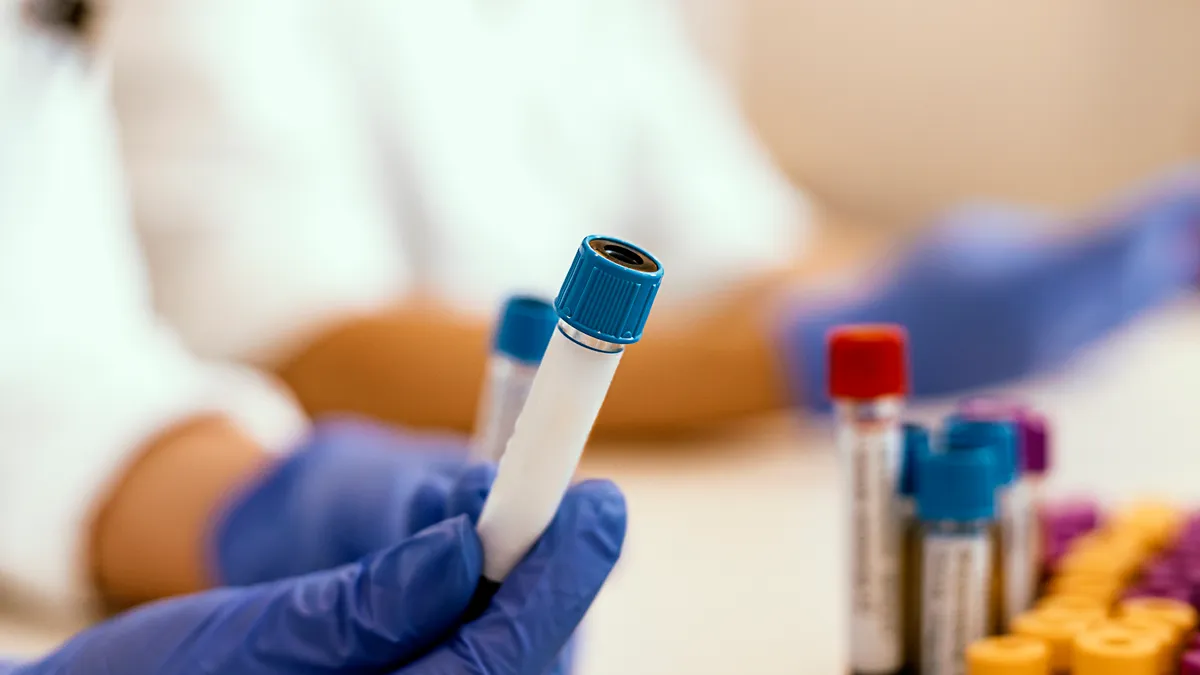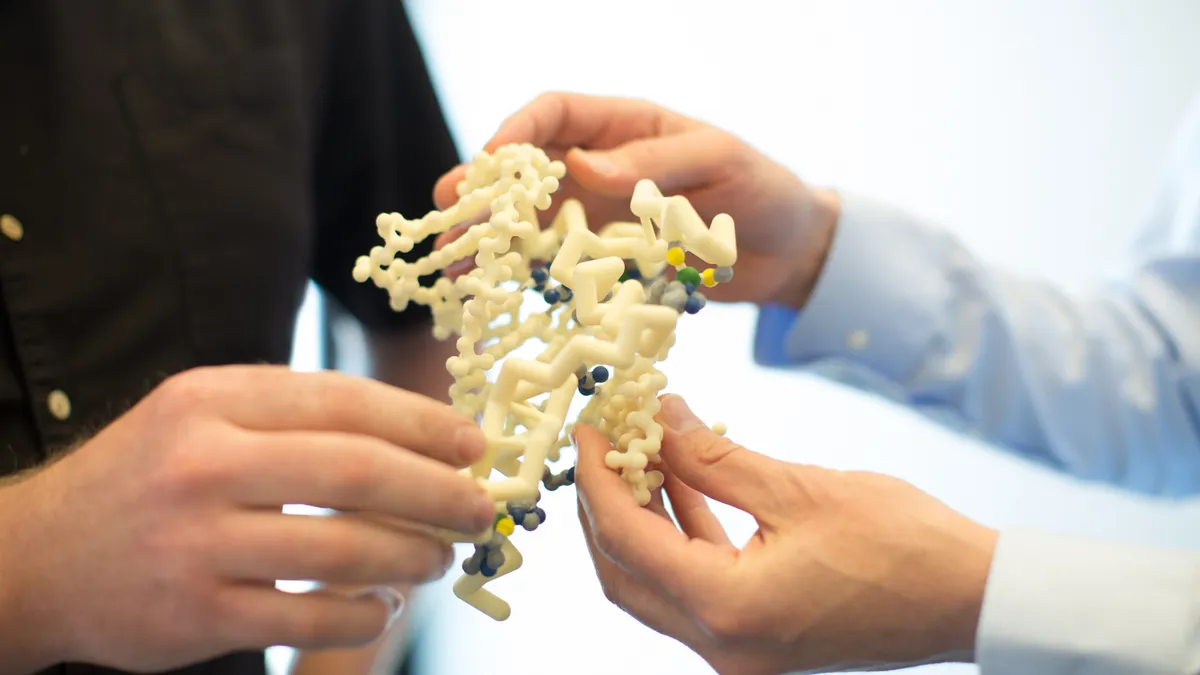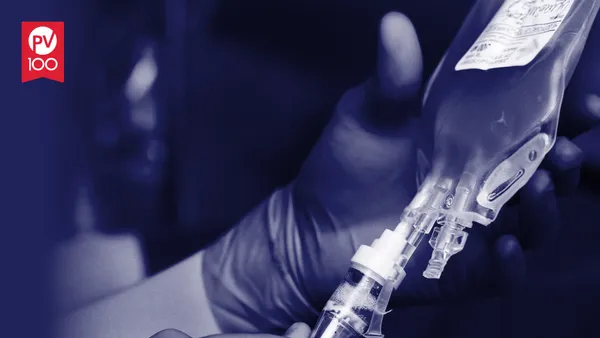Welcome to today’s Biotech Spotlight, a series featuring companies that are creating breakthrough technologies and products. Today, we’re looking at TAE Life Sciences, which is testing a radiotherapy in the U.S. that could treat cancer patients in one sitting.
In focus with: Rob Hill, CEO, TAE Life Sciences

TAE Life Sciences’ vision: Research for a drug-device combo called boron neutron capture therapy died out in the U.S. decades ago. But scientists in Asia never gave up on its R&D, and now, California-based biotech TAE Life Sciences is aiming to develop a radiotherapy with modern particle accelerator technology and commence clinical trials globally.
Unlike traditional radiotherapy, which aims high doses of radiation at cancer cells, BNCT is potentially less damaging to other tissue in the body as it selectively kills cancer on the tumor cellular level.
Through a partnership with Neuboron Medical, TAE Life Sciences’ accelerator-based neutron beam system, a critical part of the NeuPex AB-BNCT system from Neuboron, has already treated 22 patients at Xiamen Humanity Hospital in China with its BNCT program, evaluating the safety and efficacy of the treatment after traditional cancer therapies were exhausted, according to Hill. Neuboron and TAE Life Sciences, also recently won approval to begin clinical trials in China. With its own accelerator-based BNCT system called Alphabeam, TAE Life Sciences plans to expand BNCT studies to Europe and the U.S. in the next few years.
How it works: While undergoing BNCT, patients are infused with a non-toxic boron-10 drug that accumulates in tumor cells and then irradiated with neutrons that emit charged particles to destroy cancer cells. Ideally, the treatment spares more healthy cells than other forms of cancer radiation treatment by targeting the cells harboring boron. Plus, most patients receiving BNCT may only need one treatment.
“The idea behind the therapy is if you get enough boron into the tumor and you deliver it selectively to the tumor, you can then destroy the cancer cells from the inside out,” Hill said.
BNCT history: Throughout the decades of research into BNCT, scientists have found it particularly effective for certain recurrent or refractory cancers, such as head and neck cancers, glioblastoma and more.
The treatment has gone through a handful of generations, beginning in the 1950s when scientists used repurposed nuclear reactors and a borax infusion to treat patients with high-grade glioma cancers. The treatments resulted in lethal toxicities to the patients, who didn’t survive past one year. However, research into BNCT kept moving forward, but by the late 1960s, the U.S. had lost interest in pursuing the treatment while programs continued in Japan and Taiwan. By the 1990s, the treatment was still being used in a “very experimental setting,” according to Hill. BNCT has once again gained momentum thanks to two breakthroughs: new boron compounds that selectively accumulate in tumor tissue and a neuron beam that replaces the use of a nuclear reactor. The neuron beams are delivered via particle accelerators that can be installed in hospitals, making the treatment much more realistic than bringing patients to already-existing nuclear reactors.
“The workflow is more mature and more modern,” Hill said.
Why it matters: While TAE Life Sciences is working on expanding its BNCT program, “no patient has been treated with this technique for quite some time” outside of the clinical programs in Japan, Taiwan, China and Korea, Hill said.
"Every installation of this system can treat thousands of patients a year."

Rob Hill
CEO, TAE Life Sciences
“Asia actually has led the way in the adoption of this technology, which is unusual for medical technology,” Hill said. “Usually most new medical advancements begin in the United States, Europe or Canada, and then tend to export from there to Asian markets. With this therapy, the reverse was true. Because of the clinical success in Japan, Asian doctors became more interested in this therapy faster than Western doctors.”
TAE Life Sciences has signed partnerships with five hospitals in Europe and two in the U.S. to begin more trials. The equipment needed for the trials is a significant buildout for hospitals, requiring about two years from the time of starting the project to treating patients. In addition, it’s expensive, Hill said, although he noted it is “competitive” with other approaches to treating cancer. And BNCT has the potential to treat more patients once it's up and running.
“Because you treat most patients only one time, every installation of this system can treat thousands of patients a year,” he said. “This is very different from other radiation machines that might be used to treat 300 or 400 patients a year, because they treat the patient 20 times, 30 times.”
As an alternative to other radiotherapies, the BNCT market could have legs, with one intelligence firm estimating it could reach about $2.2 billion by 2030.
In the pipeline: A critical component of the treatment is delivering boron to cancer cells, and TAE Life Sciences has a pipeline of targeted drugs to deliver non-toxic boron-10 to tumor cells even more selectively than current drugs. The company has three candidates in the preclinical stage that target glioblastoma, head and neck cancers and melanoma, as well as lung, colon and skin cancers.
Hill said many oncologists want to move quickly to leverage the treatment for patients, but the biotech is facing the complexity of advancing a drug-device combo through regulatory channels, and pitching the approach to investors.
“One of the challenges about our approach is it's both the drug and the device,” Hill said. “The standard in everything about the industry, from financing companies to promoting new approaches and new technologies, [is that] there's this division between the device and the drug world. For us, we have to navigate both of those environments… so that complexity makes it a little harder for us to get the word out to people, makes it harder to get approval of the products, [and] makes it more difficult to attract investor capital.”
With more trials ahead, TAE Life Sciences is preparing for the long haul with the revival of BNCT in the hopes of offering an alternative radiotherapy to treat cancers. They expect the process to take several years.
“The pathway is we install the equipment at multiple hospitals in the United States, then we initiate clinical trials with that equipment,” Hill explained. “Our plan is to treat multiple different kinds of cancer in those clinical trials, and then once the clinical trials are complete, we submit to the FDA for approval. We think that process is going to take a couple of years, but we believe that by the end of the decade we're going to have multiple approved drugs in the United States and Europe in routine clinical use for treating a variety of different cancers.”



